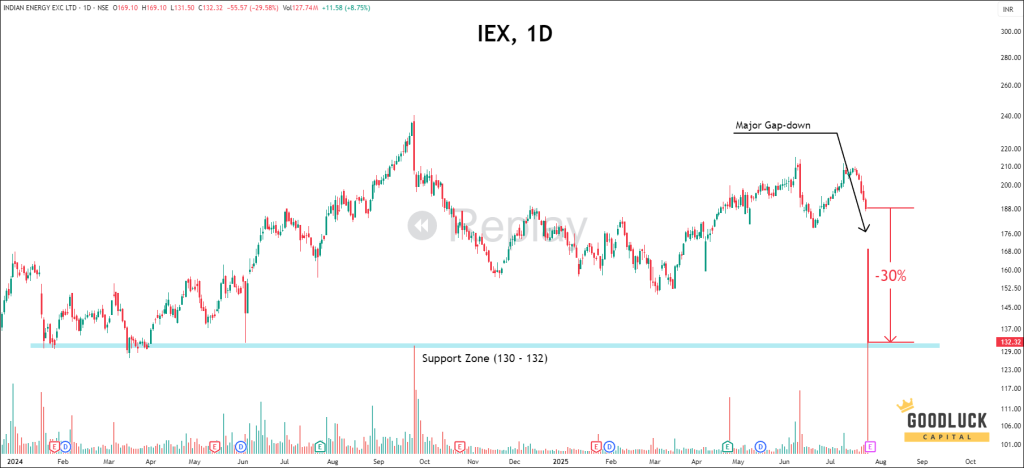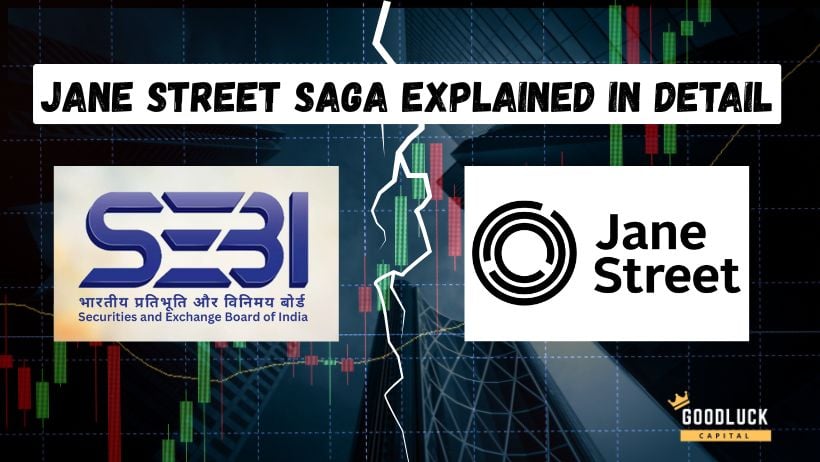Introduction
On July 24, 2025, shares of the Indian Energy Exchange (IEX) experienced an unprecedented fall, dropping nearly 30% in a single trading session. This sharp decline raised concerns among investors and market observer
What Triggered the Fall?
- The Central Electricity Regulatory Commission (CERC) approved a major reform called “market coupling” for India’s power exchanges, set to start in January 2026.
- Market coupling aims to centralize the process of buying and selling electricity across all power exchanges in India, which changes how power prices are discovered and settled.
- Previously, IEX was the dominant platform for such transactions, giving it a strong competitive advantage.
How Does Market Coupling Work?
- Market coupling is a system that combines all buy and sell orders for electricity from different power exchanges into one central pool.
- It matches these orders and sets a single, uniform price for all participants, no matter which exchange they use.
Immediate Impact on IEX

- Stock Price Crash: IEX’s share prices hit the lower circuit, falling as much as 30% on July 24, 2025, and reaching their lowest point in a year.
- Investor Reaction: Investors panicked over concerns that IEX’s market position and future revenues will be significantly threatened, since its dominant position in the Day-Ahead Market (DAM) and Real-Time Market (RTM), which together contributed up to 80% of its income, is now at risk.
- Technical Pressure: The stock became subject to a derivatives (F&O) ban, making it impossible to create new speculative positions and amplifying selling pressure.
Why Is Market Coupling Seen as Negative for IEX?
- Loss of Monopoly: The power to set prices was the core of IEX’s earning strength. With market coupling, this edge disappears.
- Reduced Margins: With uniform pricing, competing exchanges might lower transaction fees, leading to a potential decline in IEX’s profits.
- Brokerage Downgrades: Analysts revised target prices for IEX downward, anticipating a 25–40% revenue hit in coming years if more market segments are coupled.
- Uncertainty and Caution: With regulatory changes on the horizon, most market experts recommend caution or “wait and watch” for new investors.
Shareholding Trends
- The proportion of retail investors holding IEX dropped notably, while mutual funds and institutional investors have started reassessing their stakes.
Conclusion
The sharp fall in IEX’s share price on July 24, 2025, was directly triggered by the approval of “market coupling” regulations by CERC. This regulatory change challenged IEX’s competitive edge and dominance, leading to heavy selling by investors concerned about its future earnings and market position. The market is expected to remain cautious as the new system is implemented and its real-world effects on IEX’s business become clearer.





